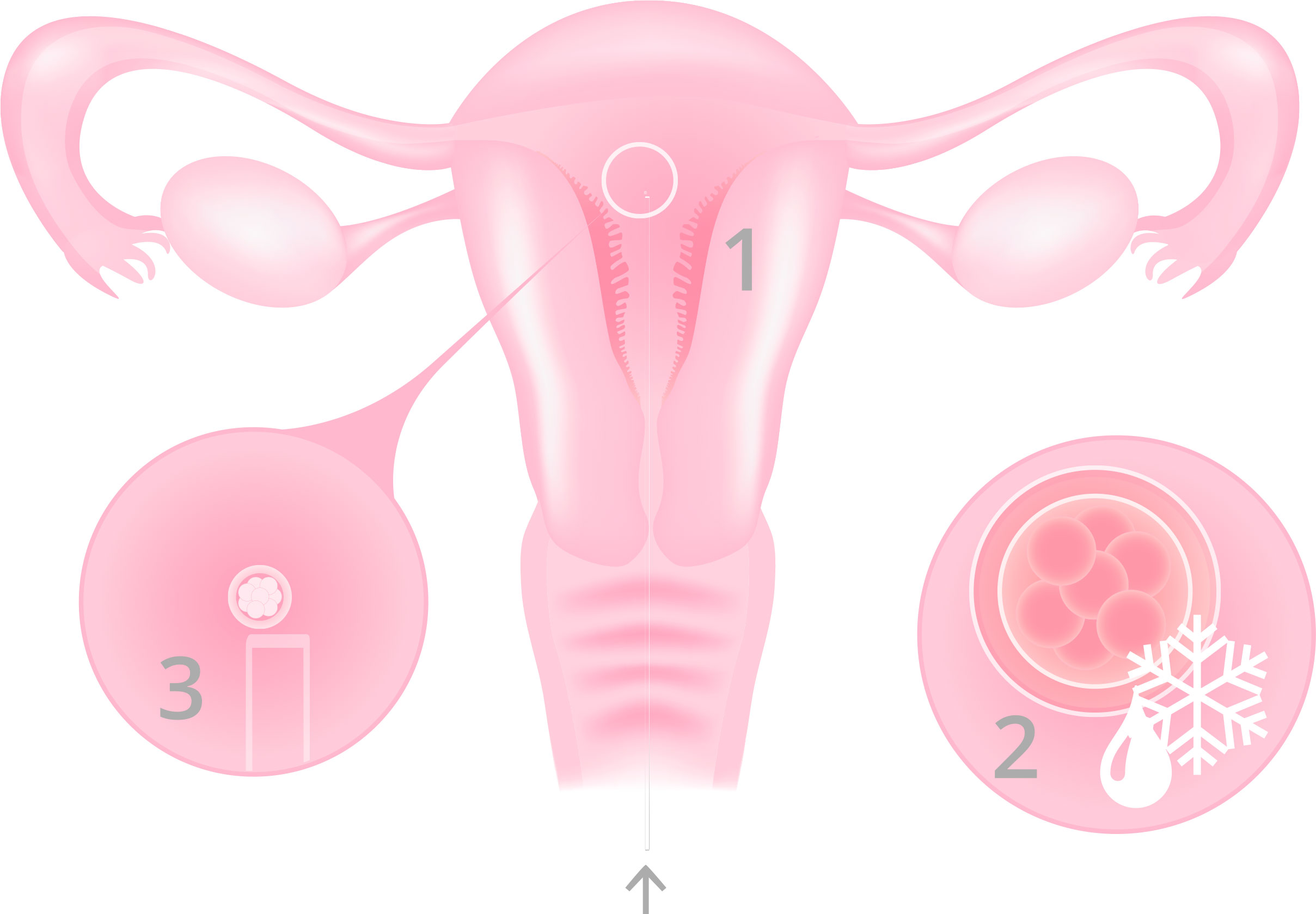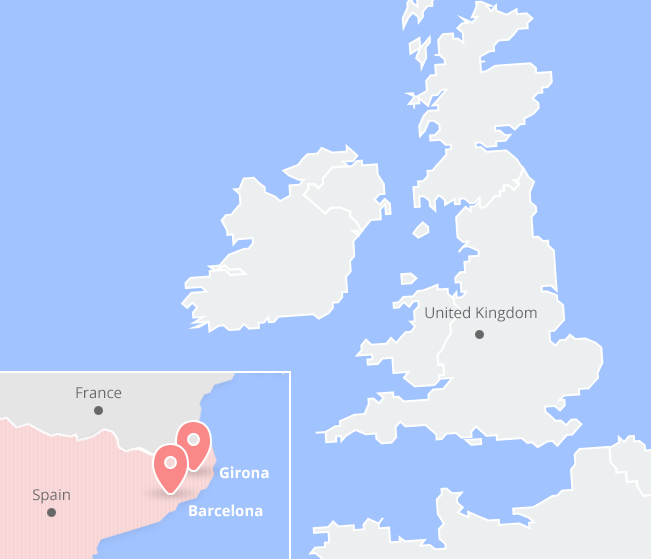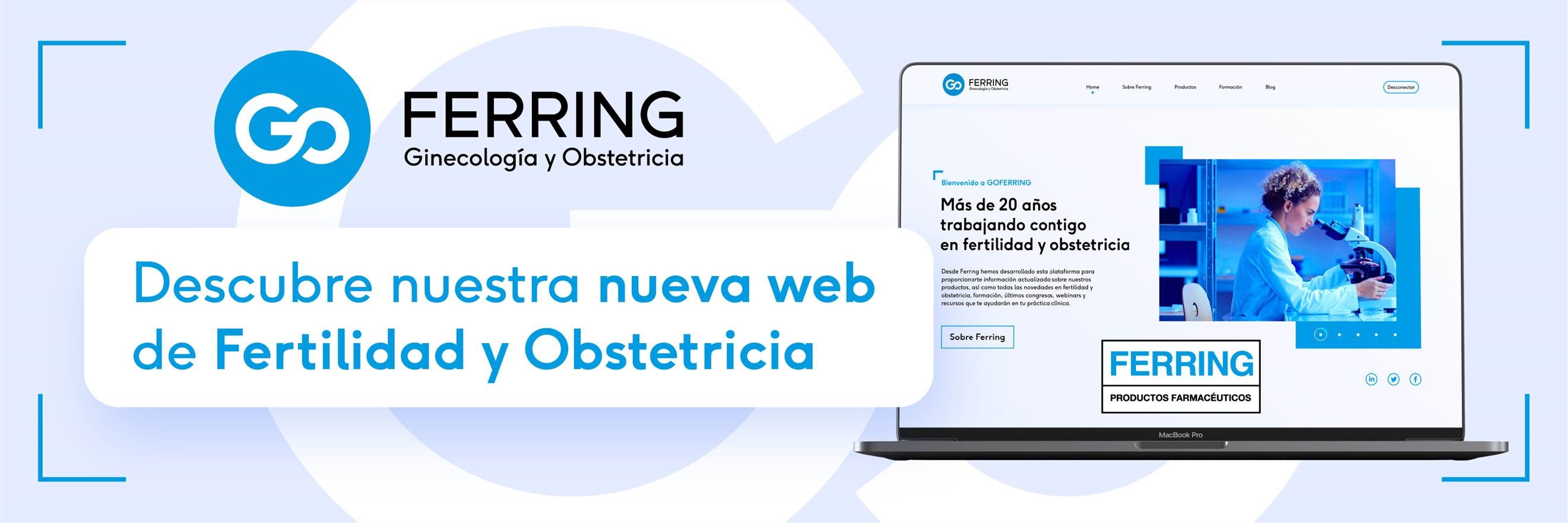Assisted reproduction techniques
Frozen embryo transfer
Frozen embryo transfer is an assisted reproduction technique with a very high pregnancy rate due to the efficiency of current embryo freezing techniques, known as embryo vitrification techniques.
Frozen (vitrified) embryos in an In Vitro Fertilisation cycle are thawed, cultured in the laboratory to assess their development, and lastly transferred to the uterus where implantation will take place.
Embryo vitrification does not have an effect on the viability or capacity for implantation. Thus, a vitrified embryo maintains its reproductive potential.
Frozen embryo transfer is performed in:
- In vitro fertilisation cycles with own eggs. If the transfer is postponed by a few days and done with frozen embryos, with a better prepared endometrium, the pregnancy rate is higher.
- In vitro fertilisation cycles after an unsuccessful fresh embryo transfer. In this case, a previously frozen embryo is thawed and then transferred.
- Embryo donation. Embryos which are donated to other couples are always frozen.

What is a frozen embryo transfer?
- Preparation of the endometrium. Simple hormone treatment to prepare the endometrium for future implantation.
- Embryo devitrification. Embryo devitrification or thawing techniques allow embryos to reactivate their development. These are very efficient techniques which allow embryos to maintain their viability. Thawed embryos are cultured in the laboratory for several hours until the embryo transfer.
- Embryo transfer. It is a short (only a few minutes), painless procedure and does not need any type of anaesthesia. With the help of an embryo transfer catheter, the embryo is placed inside the uterus, where the future implantation will take place.




 Español
Español Français
Français Català
Català Italiano
Italiano Русский
Русский











